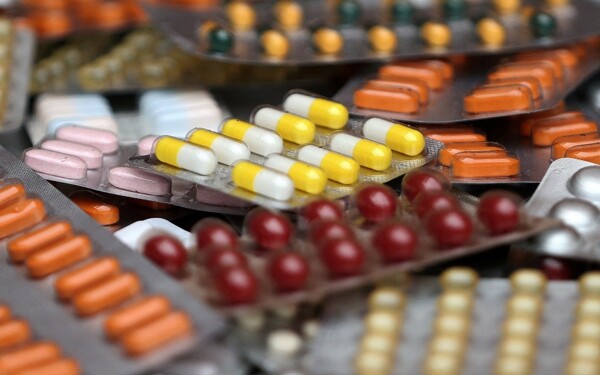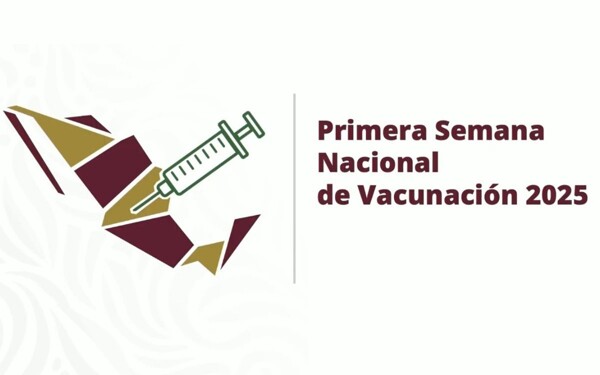
Pork chicharrón is a very popular food in Mexican cuisine, known for its characteristic crunch when bitten, which accompanies its flavor. There are different types of chicharrón, from those that include a bit of pork meat to the thinner or pressed versions. Now, let's look at the characteristics related to the nutrients that this food provides for our body.
Pork chicharrón contains no carbohydrates, which can be beneficial for those looking to reduce their intake of them. Additionally, fats provide energy and cellular support in our body. However, pork chicharrón also has negative health aspects, such as its high sodium content, saturated fats, and calories.
Although pork chicharrón can have benefits, excessive consumption can lead to health side effects. The saturated fats present in this food can increase cholesterol and raise the risk of heart disease, obesity, and other chronic conditions. Likewise, the excessive sodium in chicharrón can cause swelling, kidney problems, and strokes.
In terms of calories, a small portion of pork chicharrón can have around 290 calories, which could be difficult to burn off through exercise. Moreover, being a fried food, chicharrón can increase cholesterol, the risk of heart disease, obesity, and inflammation in the body.
Despite containing proteins that are important for various functions in the body, such as defense against external agents and the formation of new cells, pork chicharrón is not considered a healthy food in excess. Although it can be enjoyed on occasions as a snack or in various preparations, it is important to consider its impact on diet and health.













